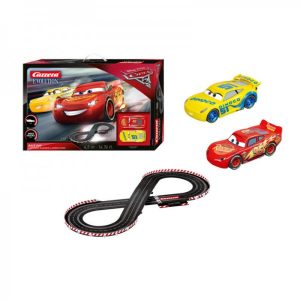Singing
What is singing?
Singing is producing sounds, of the musical type using the vocal chords. A person who sings is called a singer or sometimes vocalist.
There are many types of music a singer can perform and they are often accompanied by instruments or “backing tracks”
Some singing types are gospel, pop, opera, rock and reggae.
Singers who perform as a career choice usually will pick one type of music genre and train their voice around it.
History of singing
Singing is known to be the earliest type of music. At the very beginning when people sang the lyrics were never wrote down but passed on.
Songs at the very beginning usually told a story or important information about culture, events and history.
Most commonly in the middle ages, singing was used as a way of chanting in religious practices.
In the 14th century western vocal music grew from a simple mono-tonal chant to more complex harmonies and arrangements. Singing with the help of instruments took over.
As musical compositions and structure advanced around Europe so did the songs, they quickly entered theatres in the form of opera and musical plays. Composers began to write songs that would be performed in concert halls.
Vocal music in Europe spread influence to other countries like the United States of America.
In some countries to this day they pass on their folk songs, one generation to the next, without them ever being wrote down.
Beginners Singing
Beginners singing I believe is about finding your voice, your range and basically staying in tune. If you can do this then you’re half way there.
When beginning your singing journey don’t run before you can walk. You will need to find your singing voice, your pitch and your vocal range.
The 5 Basics Components of Singing
Singing is entirely made up of 5 very basic components so as you’re a beginner lets take a look at each one in a little depth.
1) Breathing
Your breathing is the very core of your singing and it’s the first thing you will want to practice.
Breathing is a very natural occurrence as you will know, something you do without a second thought. The way we breath normally and the way we want to breath when singing are slightly different. First you will want to learn how we breathe, then you will want to practice creating the foundation breathing for your singing voice.
Check out the guide to breathing for singing.
2) Pitch
At some point we’ve all heard someone singing out of tune or perhaps we ourselves have sang a song off key.
Getting the pitch right is very important for a good singing voice. When we sing we create a pitch, this is the high or low frequency of a sound the vocal chords produce while vibrating at a specific speed.
A singer will have to hit various pitches with an amount of accuracy in a song, these coincide with notes and will determine if the song is sang well or not. These pitches will also need to be in tune with instruments or other singers.
Good practice to begin with is to learn how to recognise pitches.
3) Diction
Most songs will be telling a story or sharing feelings through the lyrics so it is very important that your audience can understand them clearly.
This is achieved with good ‘singing diction’ learning how to pronounce words while singing using techniques like tongue placement, mouth shapes and breathing.
Via lyrics you can connect with an audience. Good diction can mean the difference between a good or bad performance.
4) Rhythm
In every song we listen to it has a beat pattern. You’re going to need to keep your singing in time with the rhythm.
Try to learn how to determine the various beat patterns, and sing along in time keeping up with the basic tempo.
4. Voice
Voice and our vocal cords are an essential component of singing.
Learn how to understand the voice and vocal cords, having this knowledge will assist you in developing good singing habits and to sound as great as possible.
Basic singing terminology
As you’re a beginner singer it’s good practice to learn the basic music terminology, this will help you understand while trying to learn.
There are a vast range of musical terms that are used to guide the musician when singing or playing a song.
The below terms are only touching on singing terminology, for a more in depth list check out the full glossary of singing terms.
Acapella
To sing without any music backing.
Allegro
A faster more lively upbeat tempo.
Alto
Lowest voice (female) in a choir group.
Andante
A moderate pace.
Ballad
A romantic song of a slower tempo.
Baritone
A male singing voice of mid range.
Bass
The lowest male singing voice.
Beat
A main accent/rhythmic unit used in a musical composition.
Bridge
The transitional passage of a piece of music that connects 2 different sections of a song, you’ll usually hear the bridge after the chorus.
Chorus
The main part of a song often repeated numerous times.
Duet
Usually a song with 2 parts sang by separate singers, often will have sections sang together in harmony.
Encore
When more songs are requested after a set by the audience, usually this is a sign of the audiences enjoyment.
Falsetto
A weaker voice, more commonly higher pitch.
Harmony
2 or more notes played together that create a lovely harmonic sound. Usually found backing up a solo singer.
Interval
The distance measured in pitch between two notes.
Key
The group of pitches and scale that forms the foundations of a song or composition.
Legato
To sing or play a song smoothly.
Medley
1 song made of many songs leading into one another.
Octave
2 notes that are 8 complete tones apart, giving indication the beginning and the end of a scale.
Pentatonic Scale
A musical scale that consists of 5 basic tones.
Pre-Chorus
The part of a song that is usually before the chorus and after the verse.
Quartet
4 musicians performing a song of 4 parts.
Rest
To stop singing for the note duration.
Scale
The musical term that refers to the notes of a key that will either ascend or descend in a specific pattern.
Semitone
Half of a tone.
Solo
To sing a song alone.
Soprano
The highest of classical female singing voices.
Stacatto
To sing in a short detached way.
Tempo
The speed of a song.
Tenor
The 2nd highest male singing voice in classical music.
Tone
A steady periodic sound. A tone is usually determined by its duration, pitch and intensity (or loudness)
Treble
The highest part in harmonized music.
Tune
The melody for voices and a succession of musical notes.
Verse
Usually the first part of a song which leads into a chorus.
Vibrato
A slight pitch variation during a prolonged note giving a more varied sound.
Beginners Breathing Exercises For Singing
The Straw Breathing Exercise
A very simple beginners exercise to help develop your singing breathing skills is the straw breathing method. You can practice this exercise while standing or sitting it’s your choice.
- To begin with imagine you are about to inhale through a straw, take a breath through the mouth with this imaginary straw and slowly count to four in your head.
- Keep your imaginary straw in your mouth and straight after you have inhaled start to exhale while again slowly counting to four.
- Try to keep a continuous steady pace of inhaling and exhaling, as soon as you have inhaled for the count of four exhale and vica versa. Repeat this procedure 3 times.
- When you begin to feel comfortable take a very short break and start again each time making the imaginary straw smaller and if you feel confident increase the times you inhale and exhale for. Go from 4 seconds to 6, to 8 to 10.
Notes: Remember to decrease the size of your imaginary straw and increase the inhale and exhale counts as you become more confident with this exercise.
Yoga Style Breathing
Yoga is very much about breathing and relaxing. We can use yoga to help us practice our breathing skills. Again it’s your choice whether you are standing or sitting when performing this exercise.
- Find a peaceful place at home or outdoors.
- Shut your eyes and relax, focus only on your mind and breathing. Try to shut out all distractions.
- Once you are comfortable and feel relaxed begin to inhale gently and slowly through the nose until you believe you’re about a quarter of the way through your total lung capacity, then hold your breath in for around 6 to 10 seconds.
- Do not begin to exhale, instead continue to inhale until you reach halfway of your lung capacity then again hold your breath for 6 to 10 seconds.
- Continue this procedure to 75% and then 100% and remember not to exhale and to hold for 6 to 10 seconds at each.
- Next very slowly using your mouth exhale your full breath. Once you have finished with your exhaling open your eyes.
- Breathe again normally and then repeat this exercise a couple more times.
Note: Make sure you are relaxed and remember to hold your breath at 25, 50, 75 and 100% of your lung capacity.
The Best Beginners Vocal Warm Ups
Before performing it’s a very well known fact that you should warm up your vocals.
It’s good practice to do this before every performance or attempting to sing a song.
Here’s some of the more popular vocal warm ups used by both professionals and amateurs around the world. They are popular because they truly help!
As you would be expected to warm up your muscles before you was to exercise or compete in a sporting event, you should always warm up your vocal’s. Completing the warm ups can help to broaden your vocal range, protect you against damage of the vocal chords and generally give you a better voice.
Solfege
You’ve probably heard the scale Do-Re-Mi-Fa-Sol-La-Ti-Do being used before, this is what they call a solfege scale. It’s a very popular warm up for a reason. Today we will just touch on the beginners solfege scale and warm up but when you are confident you can advance with the scales and go on to more difficult solfege exercises.
Follow the video below for a beginners basic solfege scale.
Siren Vocal Warm Up
Imagine making a siren noise with your voice, one example of this vocal warm up is the “NG” siren. Using the “NG” sound as a siren helps to warm up the vocal chords, it’s a gradual exercise which will help avoid you stressing out your voice. It uses both chest and head voice.
Put your tongue on the roof of your mouth which in turn should cause some “back-pressure” If you are doing it correctly you should feel the sound from the back of your mouth to the roof of your mouth.
Start making a siren noise using the “ng” sound, start from a low note and go up the scale, then back down again. Try to go to the highest note you can.
Lip vibrating (Trills)
Lip vibrating or also commonly known as the “Lip Trill” or “Lip Bubbles” are perhaps one of the most effective and useful vocal warm ups for beginners and pros alike.
Rather than me try to explain this step by step the following video explains all you will need to know about the lip trill and how to successfully carry this exercise out.
You can check out our beginners singing tips here for some great ways to drastically improve your singing voice.
Recommended online beginners singing course
I would always recommend singing lessons if you want to increase your singing skills. One to one lessons are always going to be the most effective as your vocal coach can assess where you need development, however, some of us just don’t have the luxury of time. There are many online courses available to help you increase your singing skills, some of them are fantastic. So in this article we will just touch on one of the most recommended on the internet.
Singorama is an online course which is suitable for all levels, from beginner to professional the course will help improve breathing techniques, vocal range and give you a huge boost in confidence.
The Singorama course even comes with its own free software which allows you to record yourself.
The course takes you on a journey from beginner to pro and discusses breathing exercises and techniques, theory, harmonies, scales, posture and stage presence in depth. There are numerous lessons that take you through each section of the course and topic.
In total there are 28 different audio lessons, a pdf workbook, recording studio software and much more so as far as online singing courses go Singorama really does have it all. It’s been well received and there are many positive testimonials from people just like you and I stating that the course really helped them improve.
Check out the Singorama Course here
Singing FAQ
Where do I breathe from when singing my nose or mouth?
This highly depends on the style of music you are singing for classical singers some believe that breathing through the nose is more effective because it slightly warms the air as we inhale stopping you from drying your voice out. As a pop singer though It will be easier to breathe through the mouth.
Why do I run out of breath when singing?
This is probably down to you not using your chest voice for singing. If you are running out of breath still while singing then you should continue to practice the breathing exercises mentioned in this article.
How do I increase my vocal range?
With practice and performing the exercises and warm ups previously mentioned in this article. You should gradually increase your range opposed to trying to quickly. You should perform scales gradually and do these as a daily exercise to increase your vocal range.
Why do I yawn when singing?
This I believe is down to a lack of oxygen however on the flip side it can be a good sign that you are doing things right and singing from the right place. Due to the soft palate raising when we yawn your mouth and body making the association with that. When raising your soft palate you will yawn, which is not a bad thing. Continue doing what you are doing eventually your body will get used to it.




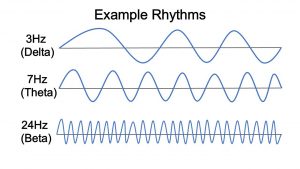 Thoughts, behavioral reaction and emotions are the results of neurons in the brain and electrical impulses (signals)
Thoughts, behavioral reaction and emotions are the results of neurons in the brain and electrical impulses (signals)


 Method 1
Method 1 Method 2
Method 2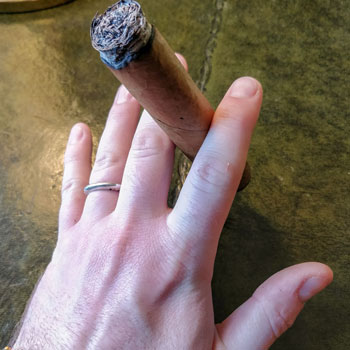






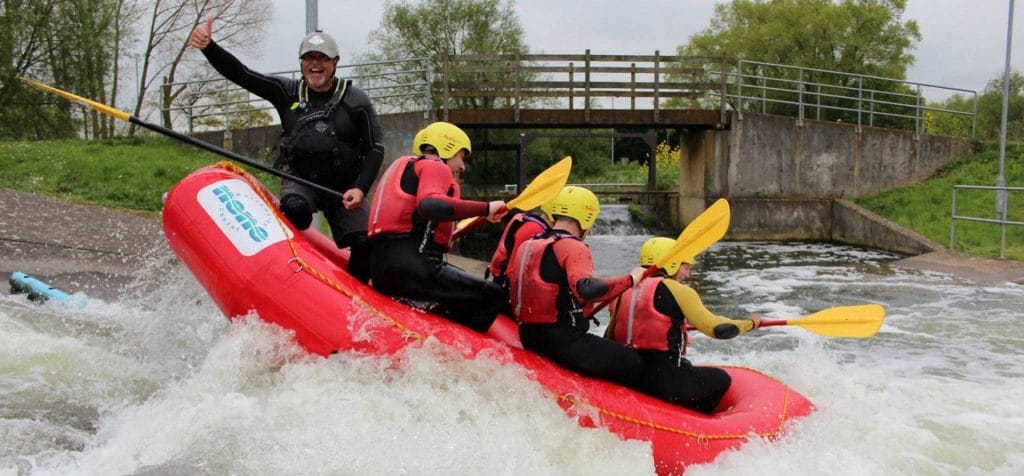
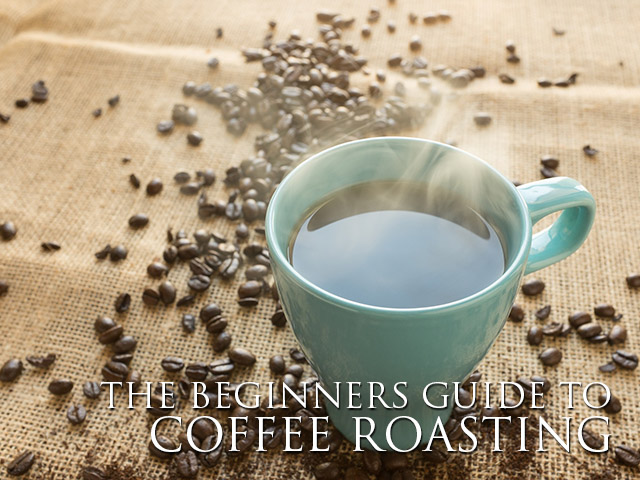



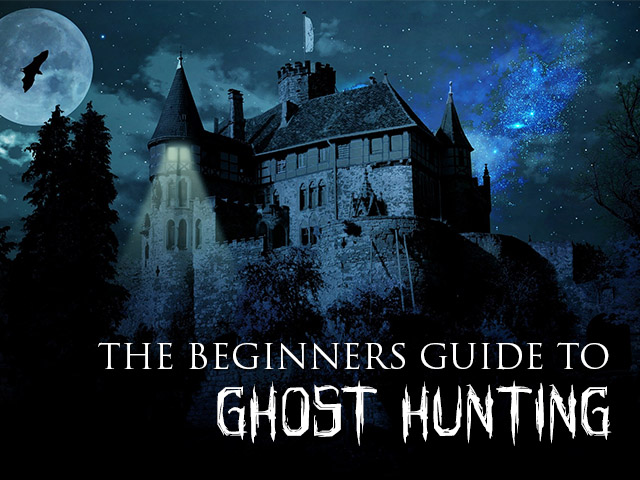





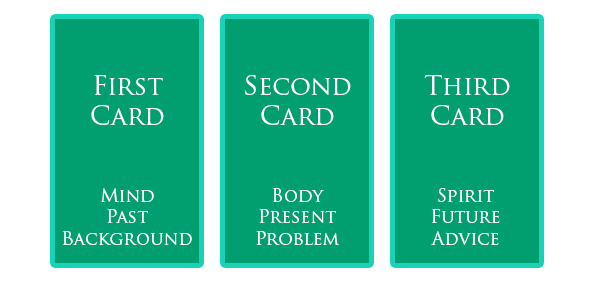





 2 x 1:32 Mini Slot Cars
2 x 1:32 Mini Slot Cars 1 x 1:32 Mercedes F1W05 Race Car & 1 x 1:32 Ferrari SF 15-T Slot Cars
1 x 1:32 Mercedes F1W05 Race Car & 1 x 1:32 Ferrari SF 15-T Slot Cars 1 x 1:32 BMW Z4 GT3 & 1 X 1:32 Mercedes AMG GT3
1 x 1:32 BMW Z4 GT3 & 1 X 1:32 Mercedes AMG GT3